

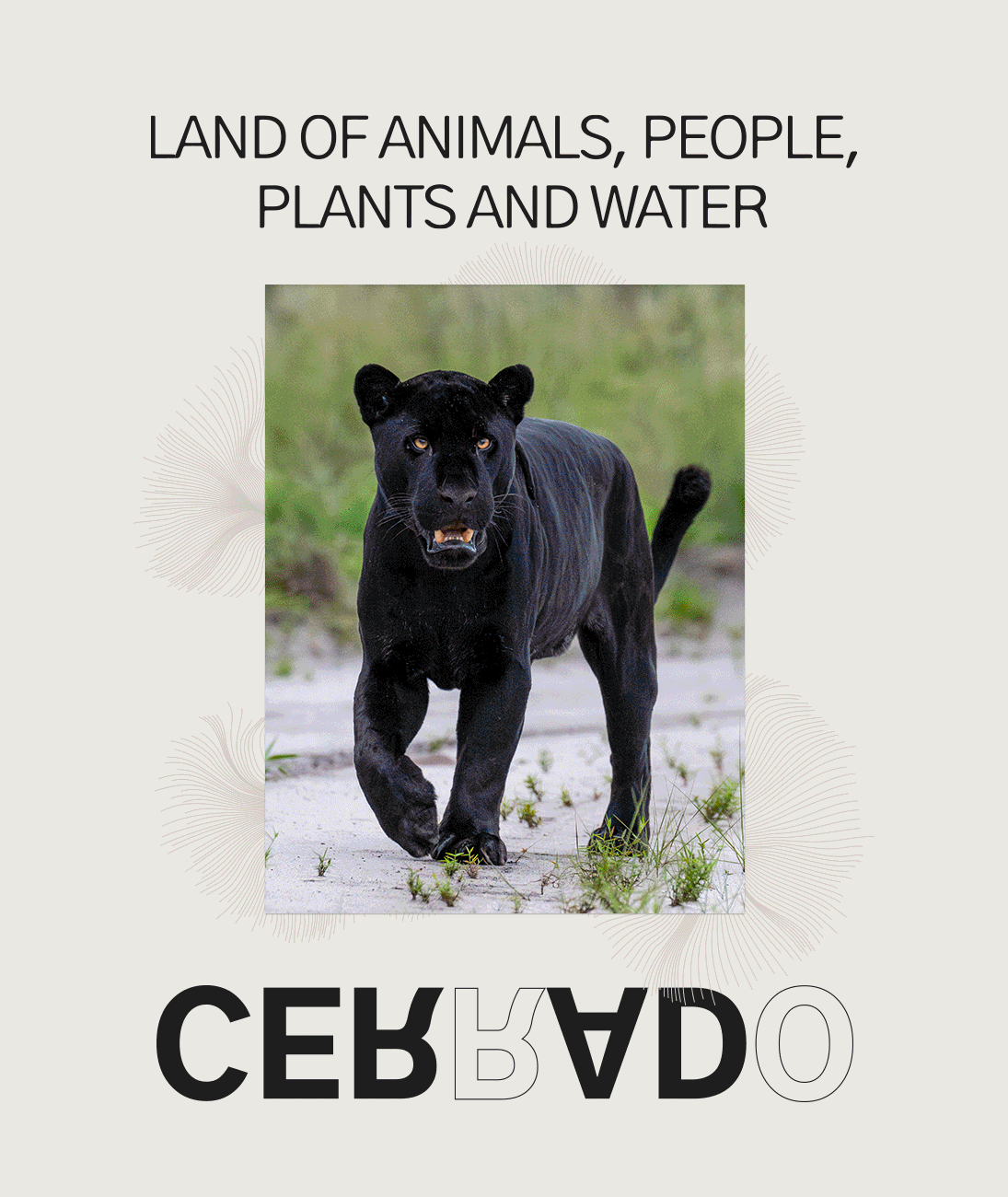
- Is responsible for producing 70% of Brazil's water
- Second only to the Amazon, it is Brazil's 2nd largest biome in territorial terms
- Is considered the world's most biodiverse savanna
- Brings together indigenous ethnicities, quilombolas, geraizeiros, riverside communities, babassu coconut breakers, floodplain dwellers, among others
- Has approximately 2,500 animal species and 12,000 plant species
Source: Defensores do Cerrado, 2022.
There are many reasons that make the Cerrado an essential biome for life. The 'Land of animals, people, plants and water' campaign joins various forms of protection, with research and attention to the particularities of the territory. Urgent themes such as the formation of ecological corridors, preservation areas, and regulation of water resources will be addressed in different formats to contribute to the conservation and protection of the biome.
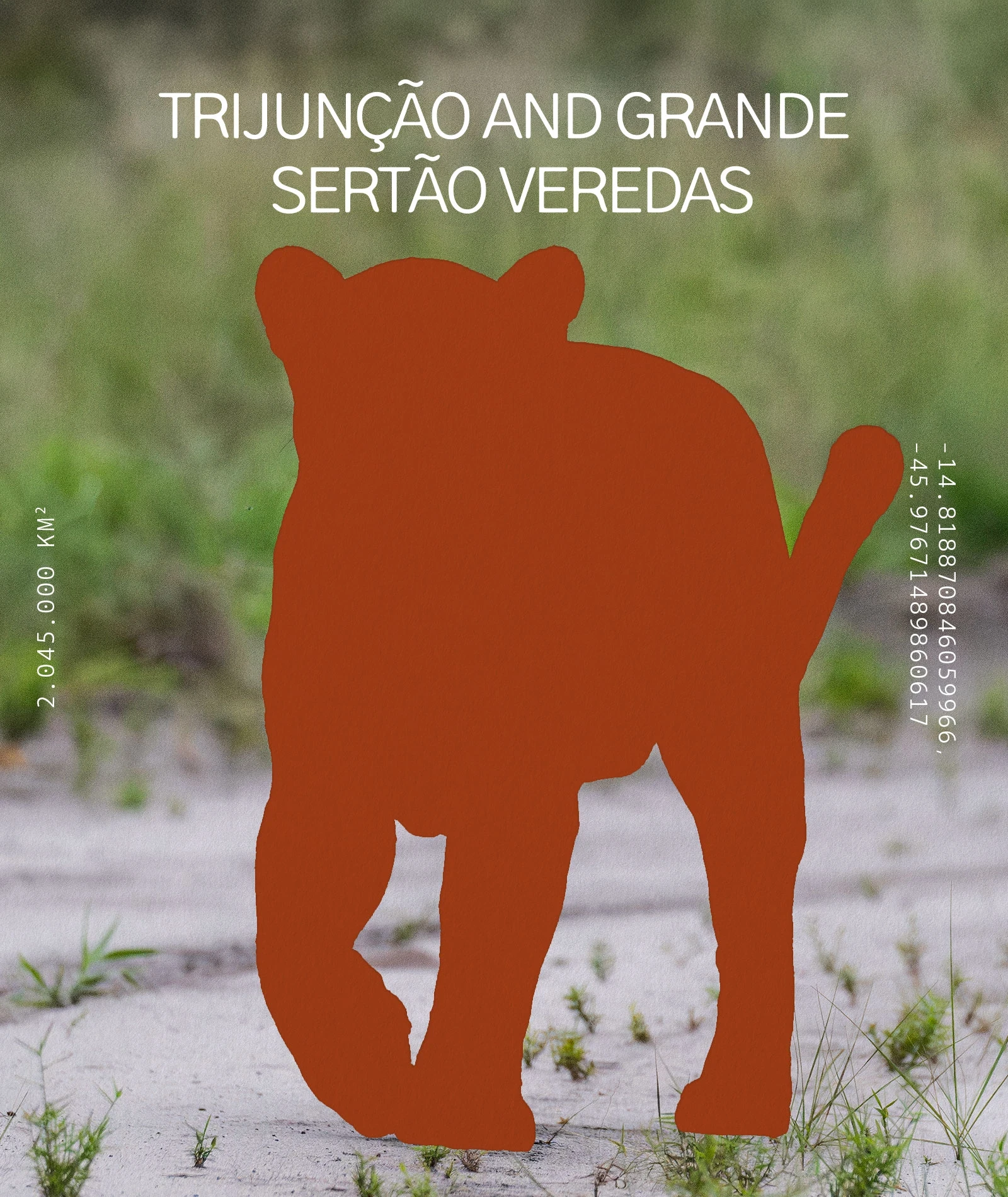
The Cerrado is not just one. Being in the center of Brazil, the biome encompasses several regions, housing different ethnicities, cultures, histories, and species of flora and fauna. Here, we are located in the Cerrado that lies at the confluence of Bahia, Minas Gerais, and Goiás.
In Trijunção, the meeting place of the three states, approximately 28,000 hectares are conserved through conservation projects and research with entities such as Oçafari and Embrapa. Part of this area borders the Grande Sertão Veredas National Park, forming an ecological corridor and ensuring that native species live free and protected.
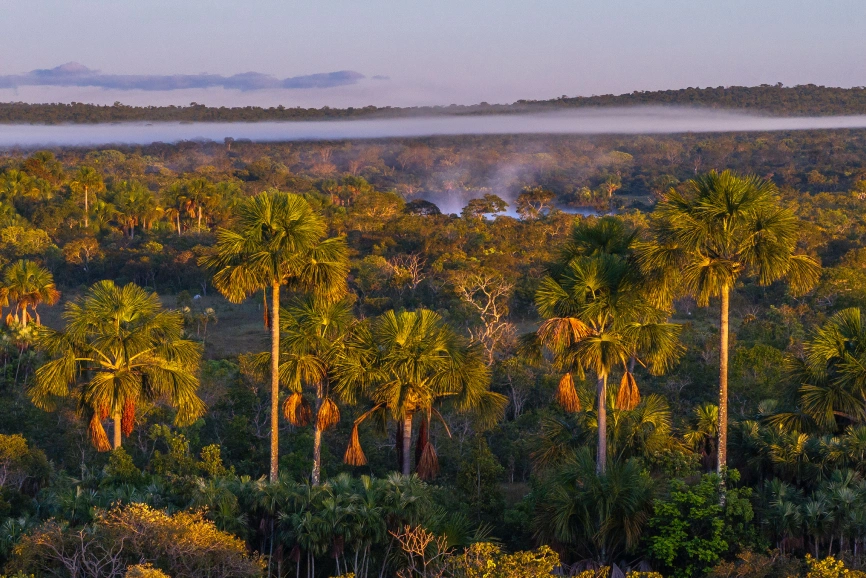
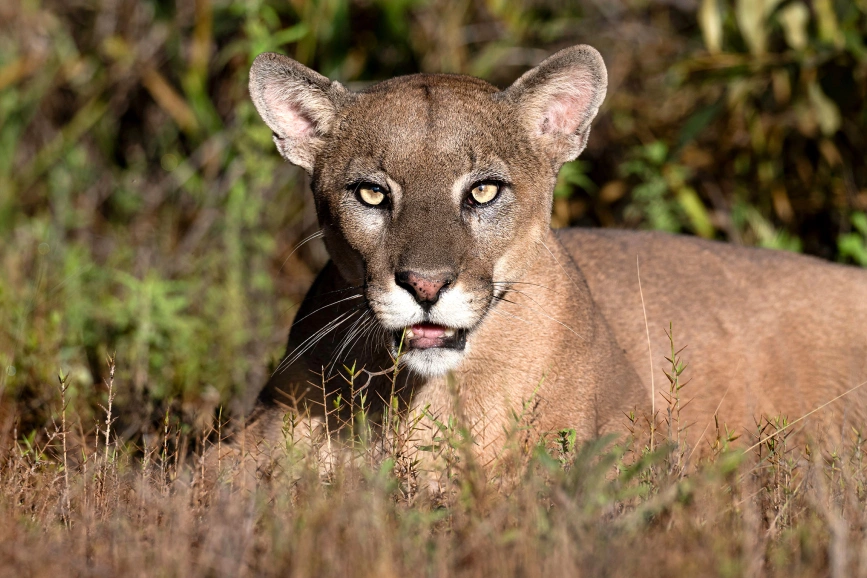
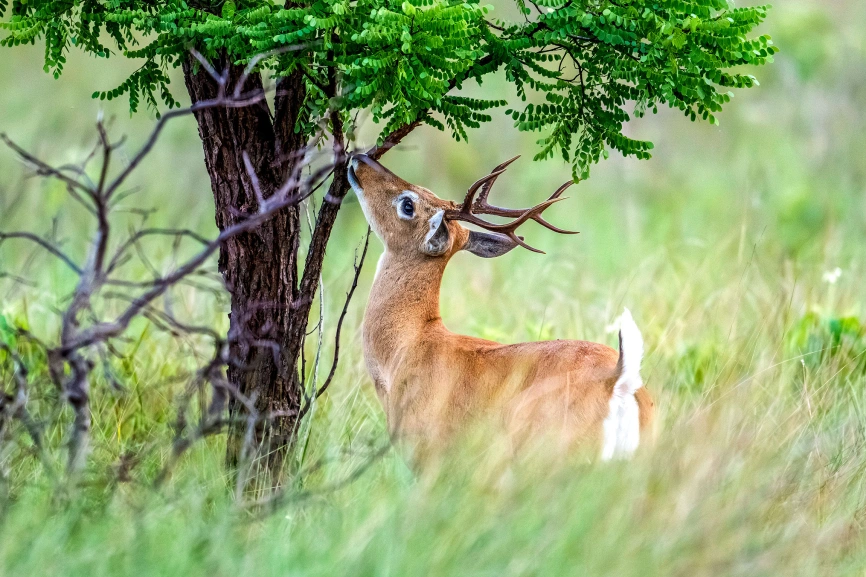
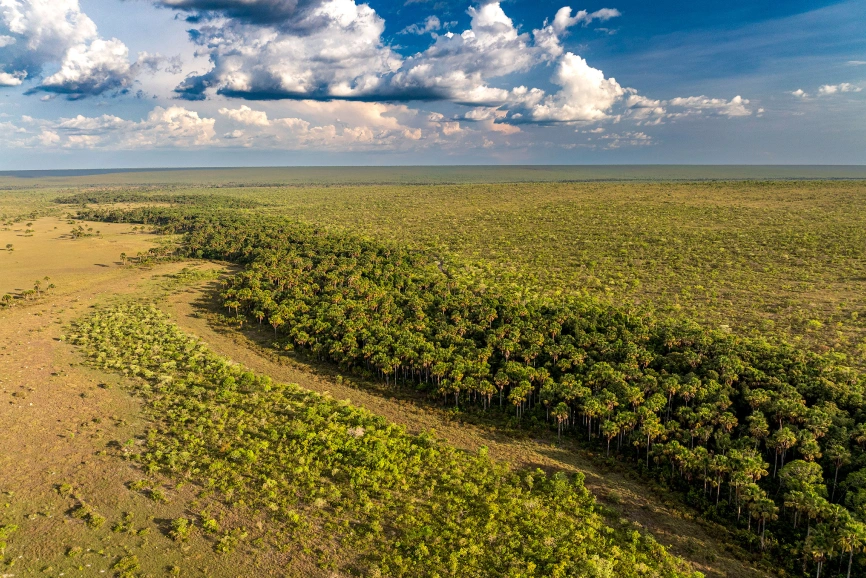
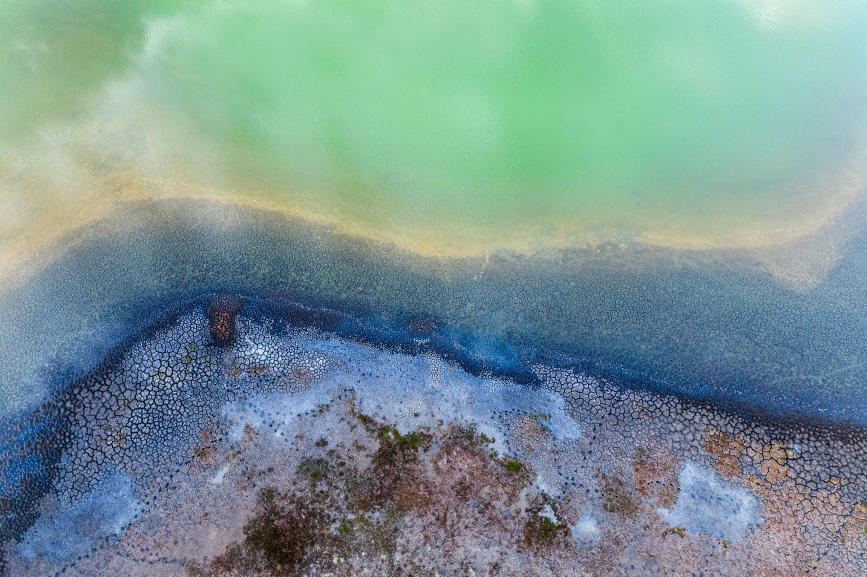
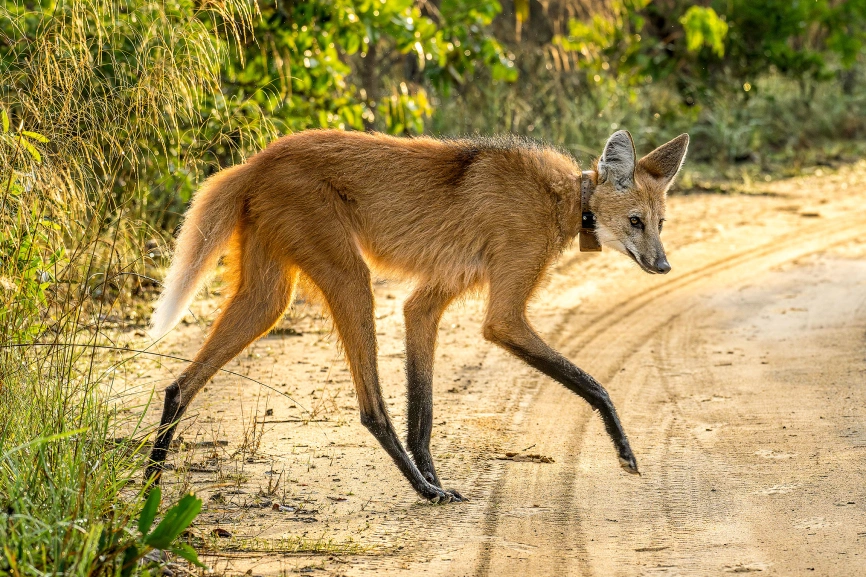
*Photos by André Dib, featured in the book ‘Animals - Trijunção & Grande Sertão Veredas’
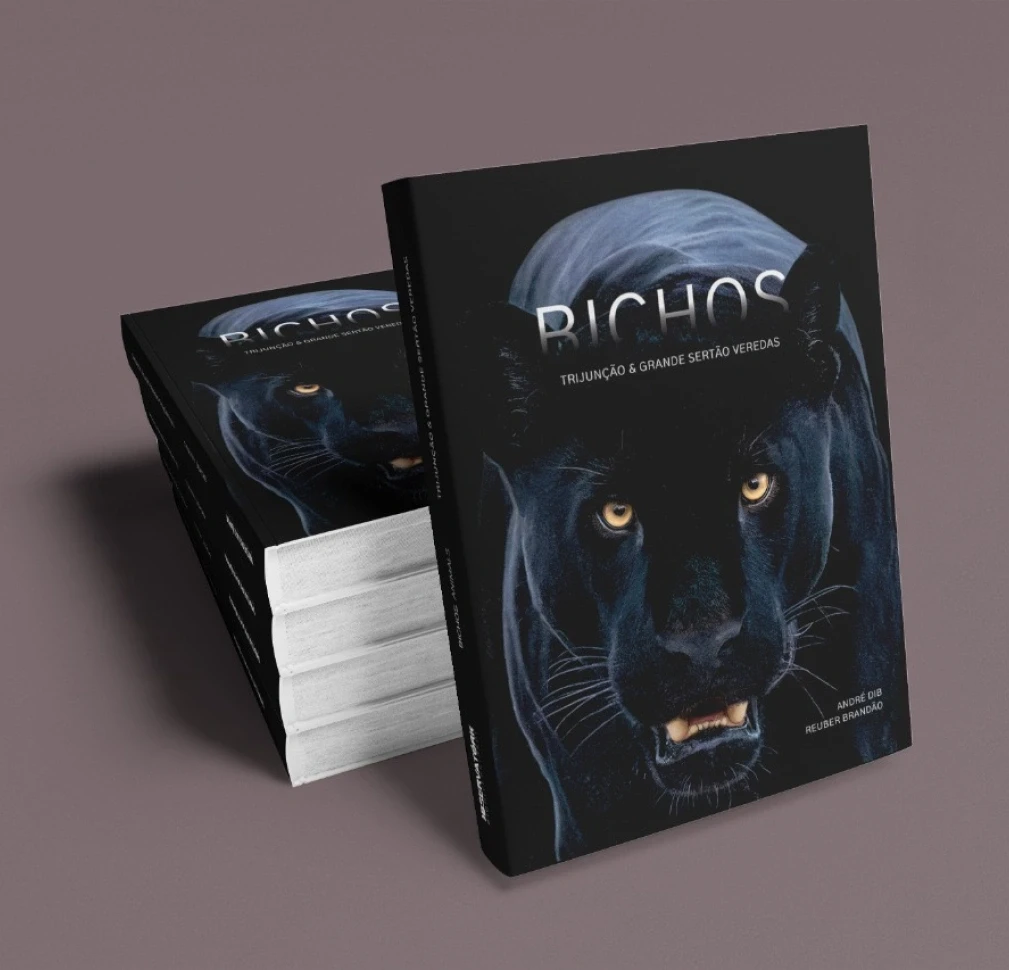
To broaden our perspective and understand our wealth
“Animals - Trijunção & Grande Sertão Veredas” is a celebration of animal life in the biome located in the center of the country. Using photography and research as conservation tools, the volume brings together pages with stories that intertwine the Cerrado with its transformations, from geological processes to the current challenges for its protection.
Through the eyes of photographer André Dib and research by biologist Reuber Brandão, and a historical perspective, the work invites discovery and, above all, conservation of this biome.